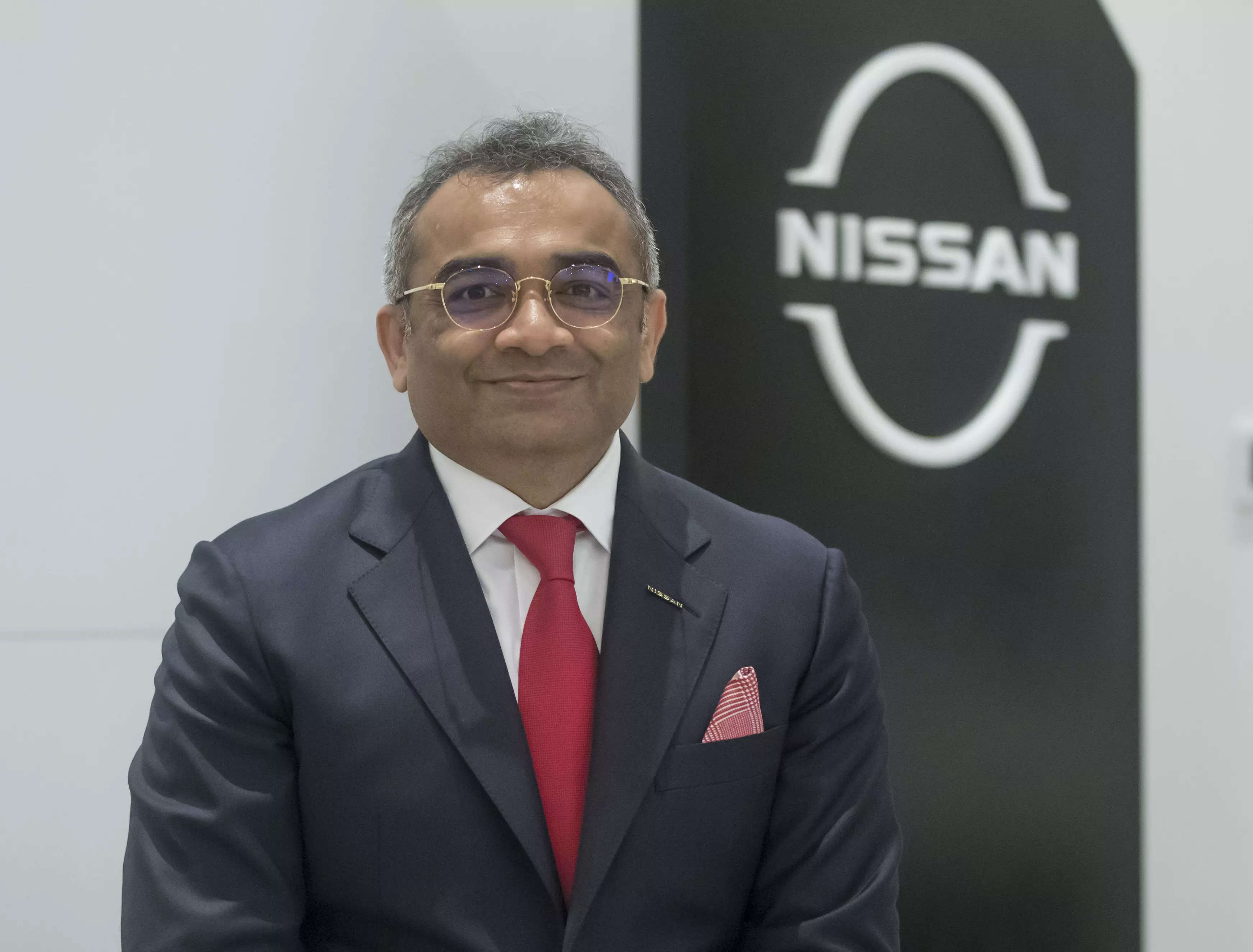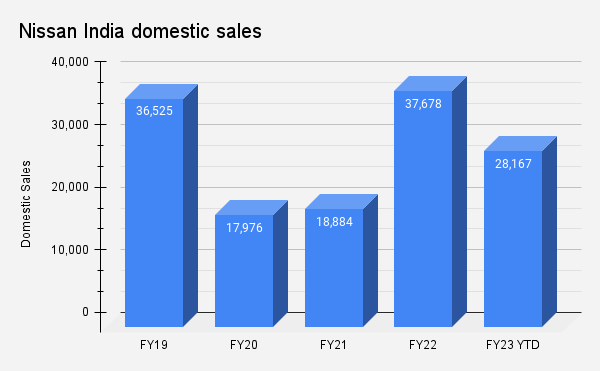
New Delhi: Japanese carmaker Nissan which has been in India for over 15 years, now sells just one product with minimal share in the market. With the new long-term vision for the country, the automaker is looking to grow its market coverage with new products and make India its manufacturing hub.
With the new models, the maker of Magnite in India looks to grow its market coverage from 15% to 44%. As of now, its share in the domestic passenger vehicle market is at about 1%. “It would not be challenging to say that naturally we should grow over 2.5 times, because we are increasing our market coverage,” Ashwani Gupta, COO, Nissan Motor Corporation, said.
Nissan, along with its alliance partner Renault recently announced an investment of USD 600 million (INR 5300 crore) to build six new models in India at their plant in Chennai. This will include three models for each company and a total of 2 new EVs and 4 SUVs, planned for launch from 2025.
The company said it has learnt from its long journey in India and is now focused on shifting from creating volume to value, product driven brand to brand driven product, and localizing global models in India to making local models in the country.
In order to build Nissan as an “SUV brand driven by advanced technologies”, the company will invest in the life cycle span of the Magnite and import completely built units (CBUs), until the new products hit the market.
“We are investing heavily in software development. India needs to shift from a call centre to a value centre. And for me, the Value Centre is all about software. So India should not limit itself with the coding of the software, India should create it,” Gupta said.
In October last year, Nissan showcased three SUVs from its global portfolio, X-Trail, Qashqai, and Juke, in India. The company said X-Trail will be launched in the country and it is studying the feasibility of two of its popular global models for the India market.
Back in 2004, the automaker announced its entry into the Indian car market with the launch of its X-Trail, at the 7th Auto Expo in New Delhi. However, the model was discontinued in 2014 after poor sales.
In the global market, 73% of the automaker’s sales are driven by SUVs. It sells models like Murano, Pathfinder, Kicks, Qashqai, amongst others.
“We have also decided that we will do left hand drive on Magnite which will be exported to Mexico, where we have been number one for the past 11 years. We will be exporting from India to Mexico, when Mexico is a hub for the United States. We are opening up those doors, so that India is not only limited to geographically friendly locations, but enters where the products need to be competitive,” Gupta said.
Global trend
By 2030, Nissan is targeting 44% of its product lineup to be electrified. For this, the company said its plant in Tochigi, Japan, is fully electrified. In Canton, China, and the US, one line each will be electrified and Europe’s hinterland will be fully electrified. However, the remaining 56% will still be ICE vehicles.
“We are working on the optimization of the global footprint. With globalization, there is also a need for consolidation. And I feel India has got three great opportunities to move forward. First, to maximize the opportunities of ICE engines and its components for OEMs. Second, to become a global industrial hub for battery electric cars. and third, to support the global OEMs with software development,” Gupta said.
For the Middle East markets where Nissan has a good presence, the company said it is working on electric cars, including Ariya. However, it has no plans to put up a manufacturing plant in the region yet. “At present we want to use our international industry footprint to support the Middle East,” he said.
According to Gupta, EVs will become mainstream when customers can get better driving performance, better total cost of ownership and they understand that it is good for the environment. However, price parity can be achieved when the battery cost stands at USD 80 per kWh.
Also Read:

















